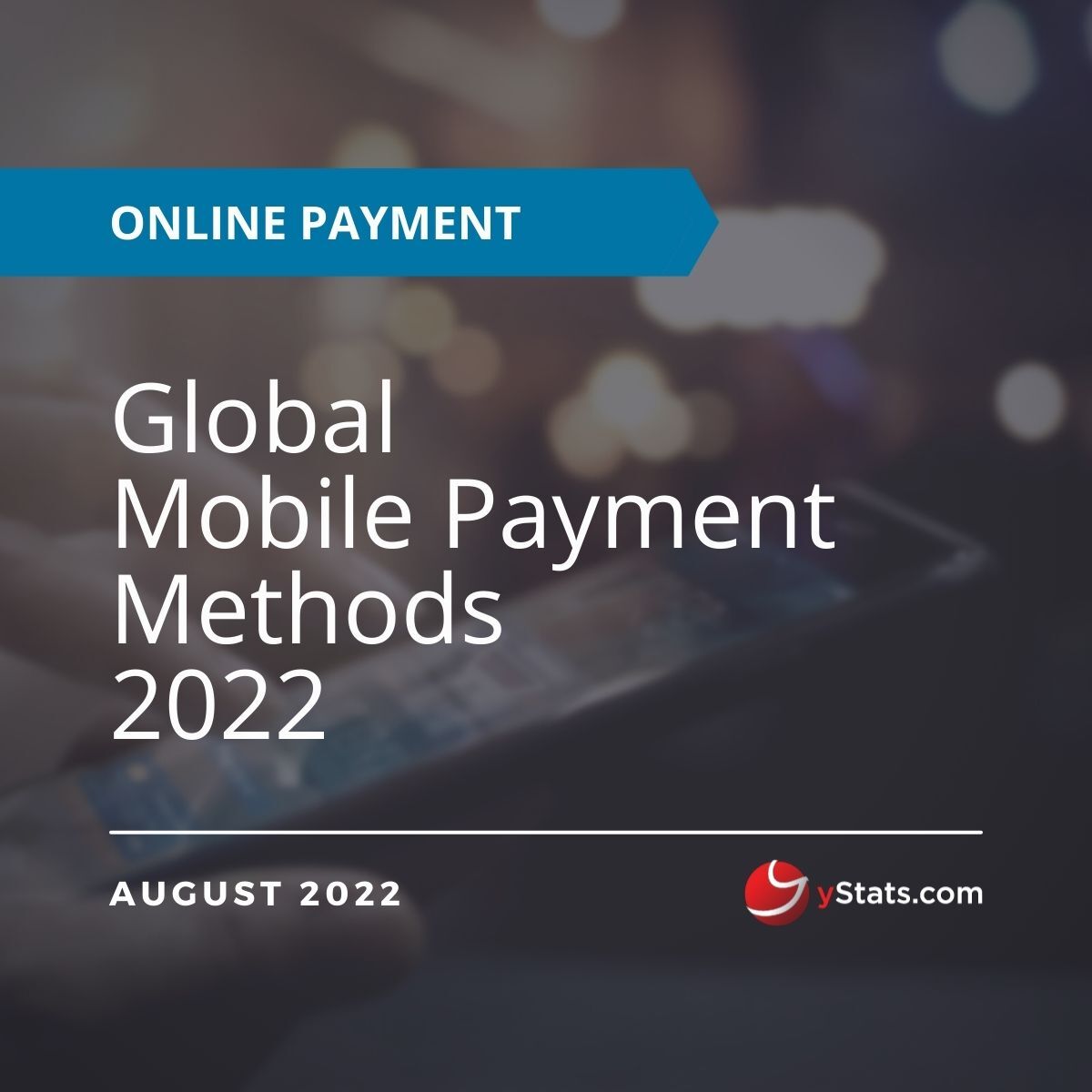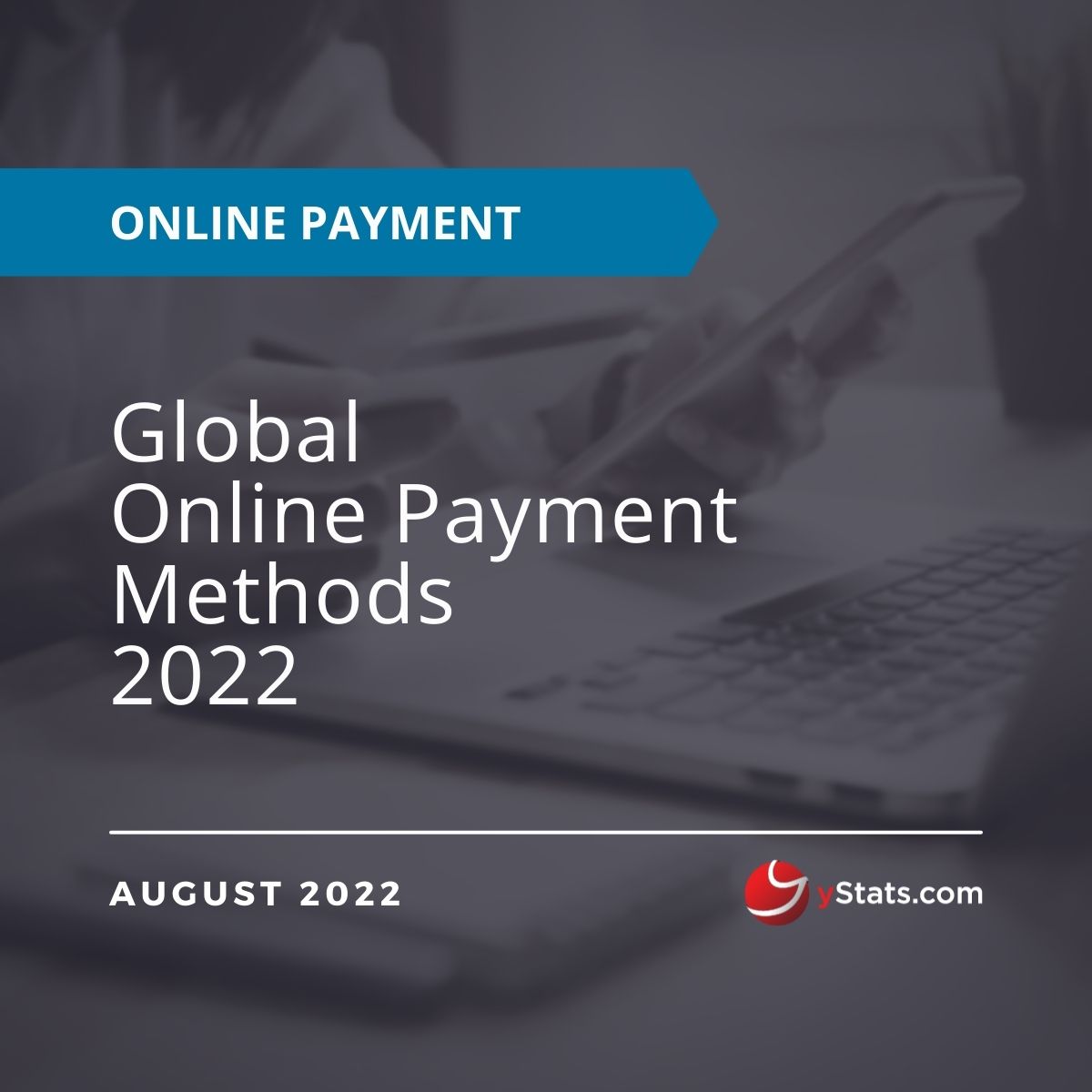Description
Countries Covered: USA, Canada, UK, Germany, China, India, South Korea.
Pages: 143
Publication Date: 12/05/2023
Questions Covered in the Report:
- What is the forecasted value of the embedded finance market globally by 2026?
- What is the estimated share of businesses worldwide planning to set up their presence in the metaverse by 2023?
- What is the forecasted total value of real-time payments globally by 2028?
- Which countries ranked the highest in terms of retail CBDC index as of April 2022?
- What is the forecasted value of the virtual card market globally by 2026?
Key Findings:
Innovation payment trends, such as embedded finance, virtual cards, and in-car payments, are forecasted to disrupt the payments market in the next few years: new yStats.com report
Embedded finance encompassing different aspects of payments such as BNPL, open banking, and one click-payment set to change the traditional payment ecosystem
The post-pandemic world has witnessed a growing reliance on digital payment methods like BNPL and one-click payments, leading to the emergence of embedded finance. The convenience and speed offered by these payment methods have benefited both consumers and businesses. According to the yStats.com report, the market size of embedded finance is projected to experience a double-digit compound annual growth rate (CAGR) from 2021 to 2026, reaching a value in the billions of euros by 2026. However, a significant number of respondents expressed concerns about being charged incorrect amounts when using embedded finance as of April 2022.
Embedded finance has gained traction globally, including in the United States. The transaction value of embedded finance is expected to witness a double-digit CAGR between 2021 and 2026, with B2B embedded payments generating significant revenue in the billions of euros by 2026. The yStats.com report also highlights that revenue from embedded banking and cards is forecasted to surpass revenue from embedded business lending and embedded POS lending in the United States by 2026. Among the commonly used embedded finance services in the US, e-wallets like Apple Pay and Google Pay had higher adoption rates compared to other services such as BNPL, crypto investment, and social media payments as of December 2021. Despite the increasing use of embedded finance services, more than half of the surveyed respondents in the US indicated a limited understanding of the concept as of April 2022.
In Europe, the growth trajectory of embedded finance varied. Around three-quarters of surveyed retailers planned to offer or were already offering embedded finance solutions to their customers, driven by factors such as creating additional revenue streams, enhancing customer loyalty, and expanding customer reach. The UK also witnessed consumer appeal for embedded finance, with a significant number of adults using embedded finance solutions during online shopping as of May 2022. E-wallets like Apple Pay and Google Pay were the most commonly used embedded finance solutions, with the highest usage among the 18-34 age group, according to the yStats.com publication.
Advanced technology innovations, including virtual cards, in-car payments, and voice-based payments, are gradually gaining traction worldwide
With the increasing number of connected vehicles globally, the demand for in-car payments is on the rise, projected to surpass one billion by 2026, as indicated in the yStats.com publication. Collaborations between payment industry stakeholders and original equipment manufacturers (OEMs) are expanding the scope of in-car payments, exemplified by partnerships like Visa and Mercedes. China leads in terms of potential users who perceive in-car payments as advantageous for manufacturers as of February 2022. Moreover, the popularity of mobile and online payment methods is driving the adoption of voice assistants like Siri and Alexa for enabling payments. Voice-activated payments are not limited to purchasing goods and services but also used for carpooling, cab payments, and at gas stations. As voice-enabled payments continue to grow, banks and financial institutions are investing in voice-based banking apps. For instance, Bank of America has launched a digital assistant, and Westpac Banking Corporation collaborated with Amazon to allow customers to check their bank accounts via Alexa, as revealed by the yStats.com report.






